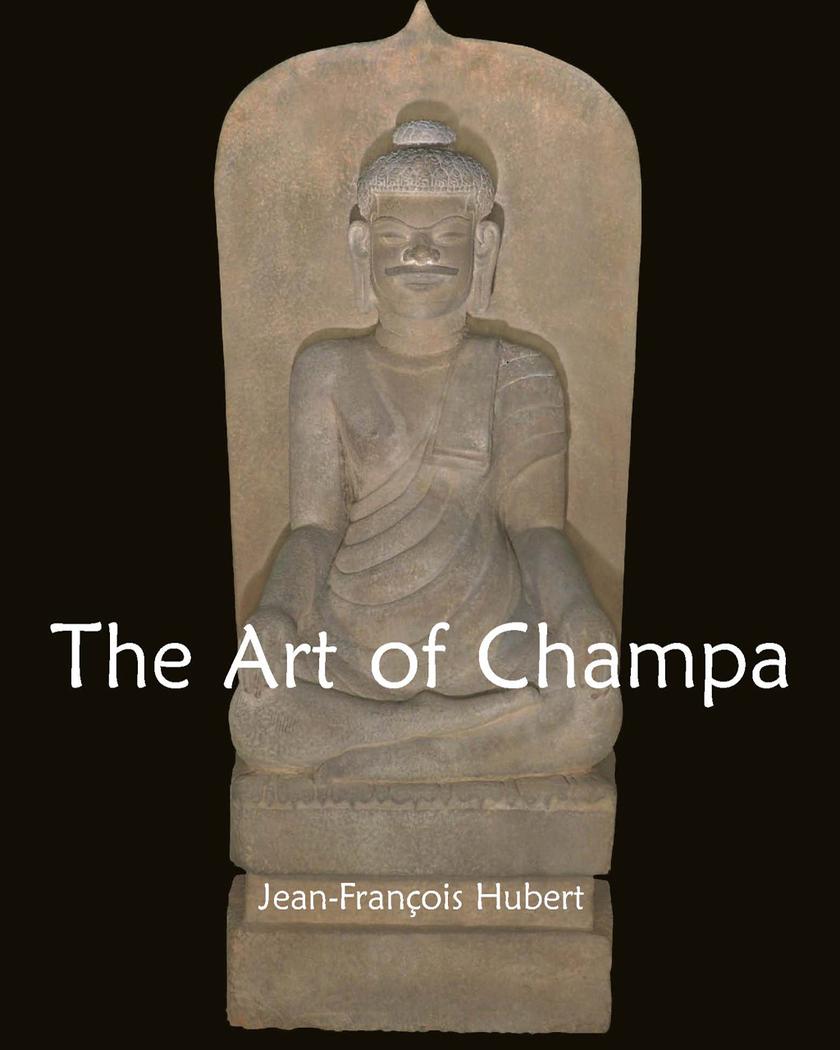
The Art of Champa
¥122.54
Evoking Champa means glorifying death, sanctifying remnants, magnifying clues, singing the praises of mourning, and reconstructing history. Champa only exists now in the memories of a diminishing collection of living people who desire eternal life, in a half-audible melody – necessarily exotic – that is hummed by a few disquieted spirits.
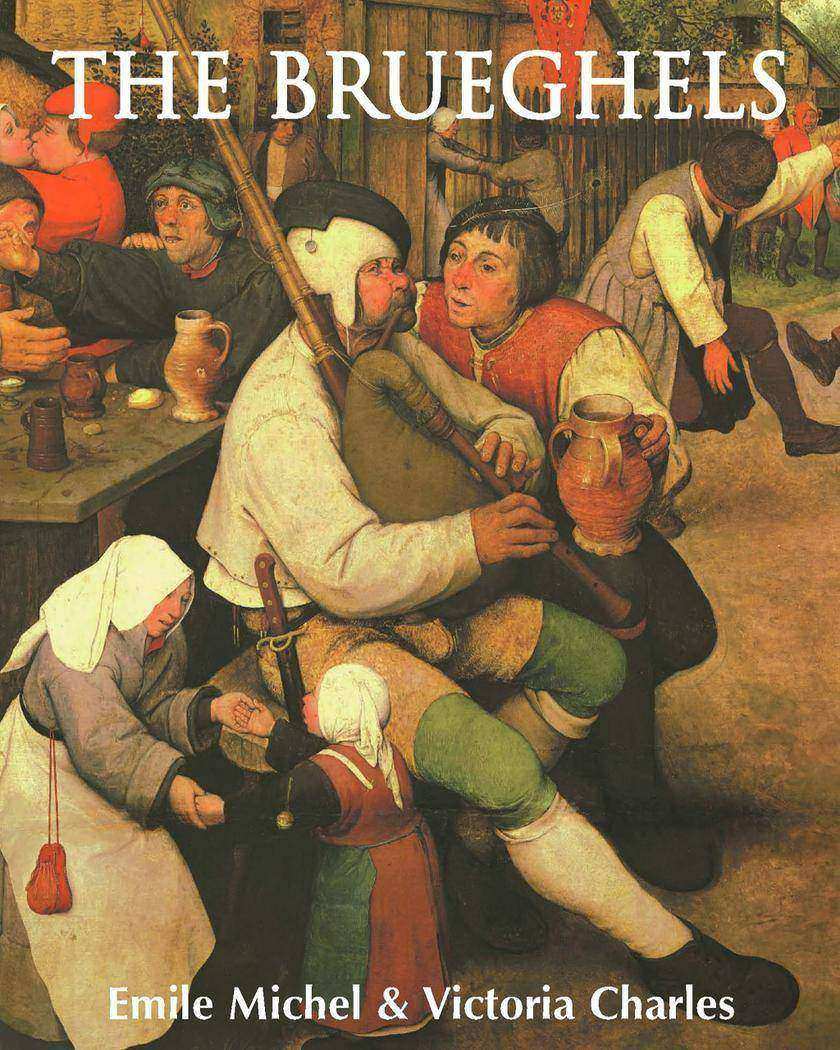
The Brueghels
¥122.54
After an initial period of brilliance, during which time it rose to achieve perfection, Flemish art gradually fell into decline. Although thorough studies of its origins have revealed works, in particular those of the miniaturists, that are deserving of notice and which predate the artistic careers of the two Van Eycks, Hubert and Jan, the genius of the brothers remains stunningly spectacular, surpassing that of their predecessors to such a degree that it would be impossible to find an equally sudden, decisive and glorious evolution in the history of art.

Utamaro
¥122.54
如果色情也有一个名字的话,那肯定是喜多川歌麿。喜多川歌麿细腻地勾画了构成江户时代的乐之园。丰富多样的画布,天鹅长长的脖颈,神秘的面孔,寥寥几笔,便是东方的肉欲之欢。

Damage Control
¥78.32
Traditionally, women share their secrets with their hairdressers. But what about their manicurists, masseurs, chi gong teachers, and tattoo artistsIn Damage Control, women wax poetic about the experts and gurus who help them love themselves, sharing stories of everything from friendships born in the make-up chair to the utter dismay of a truly horrible haircut. Minnie Driver finally meets a Frenchman who understands her hair . . . and tries to teach her not to hate it.Marian Keyes remembers the blow-dry that pushed her over the edge.Francesca Lia Block tells the ugly story of the plastic surgeon who promised to make her beautiful.Rose McGowan explains why it's harder to be depressed when you're glamorous . . . and shows how it takes a village to transform from mere mortal to movie star.Witty and wise, Damage Control is an intimate, sometimes dark, look at our experiences with the professionals who pluck, prod, and pamper every inch of our bodies and a reminder why we surrender ourselves to their (hopefully) very capable hands.
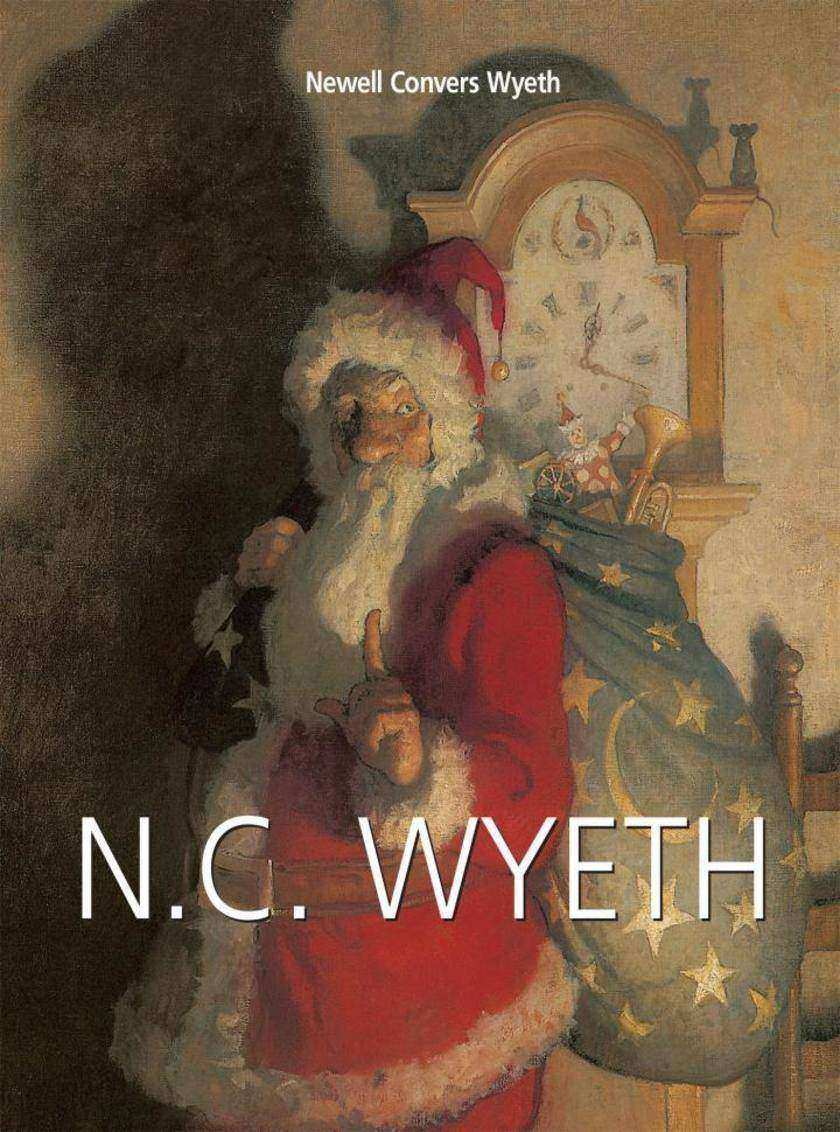
Newell Convers Wyeth
¥134.81
"Newell Convers, called N. C. Wyeth (1882-1945) has been cherished by generations of book lovers thanks to his illustrations of all-time classics such as Treasure Island, Robin Hood, and Robinson Crusoe. As one of the greatest illustrators in American history, he fashioned the way we imagine Long John Silver or Little John up to this day. In contrast to his achievements in book illustration, his painting is often overlooked. His Realist style has been carried on by his son Andrew Wyeth (1917-2009) and his grandson Jamie Wyeth (1946-). "
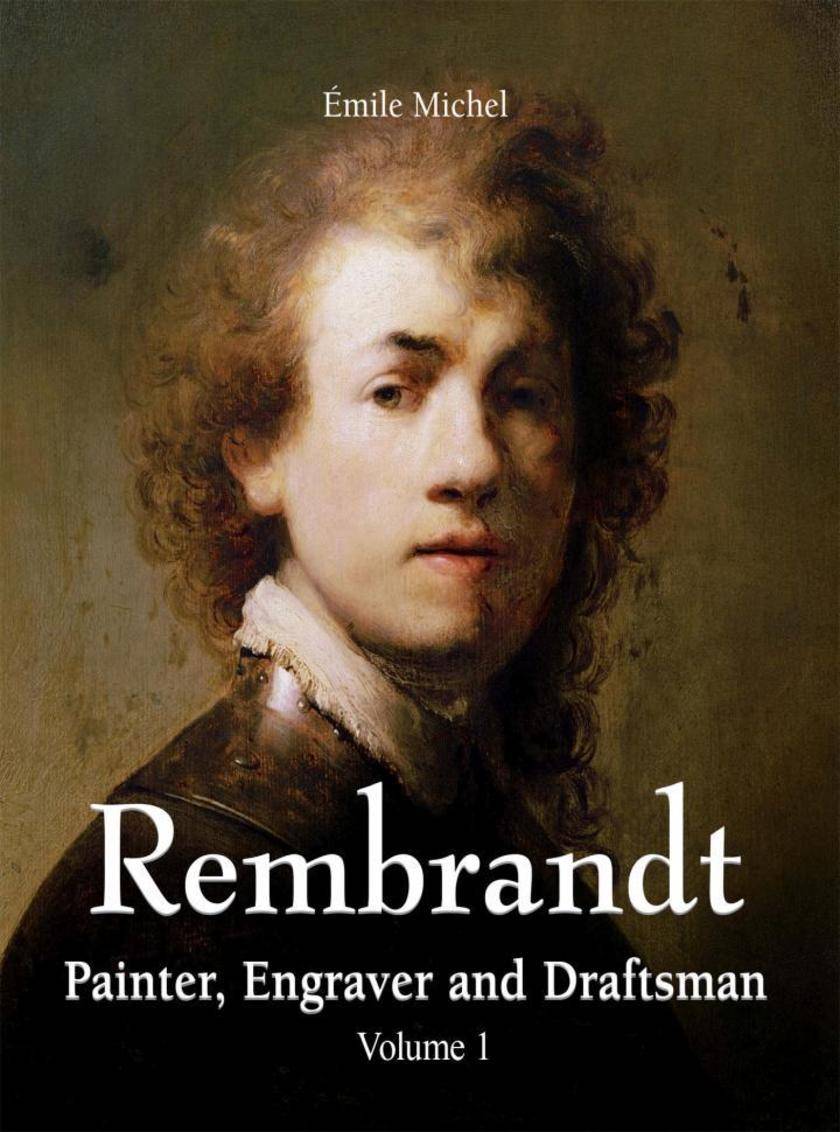
Rembrandt - Painter, Engraver and Draftsman - Volume 1
¥159.33
As famous during his lifetime as after his death, Rembrandt (1606-1669) was one of the greatest masters of the Dutch Golden Age of the 17th century. His portraits not only transport us back to that fascinating time, but also represent, above all, a human adventure; beneath every dab of paint the spirit of the model seems to stir. Yet these portraits are only the tip of the Rembrandt iceberg, which consists of over 300 canvasses, 350 engravings, and 2,000 drawings. Throughout his oeuvre, the influence of Flemish Realism is as powerful as that of Caravaggio. He applied this skilful fusion of styles to all his works, conferring biblical subjects and everyday themes alike with an unparalleled and intimate emotional power.?mile Michel remains a reference in Flemish painting. A result of years of research, Rembrandt: Painter, Engraver and Draftsman is one of his major works.
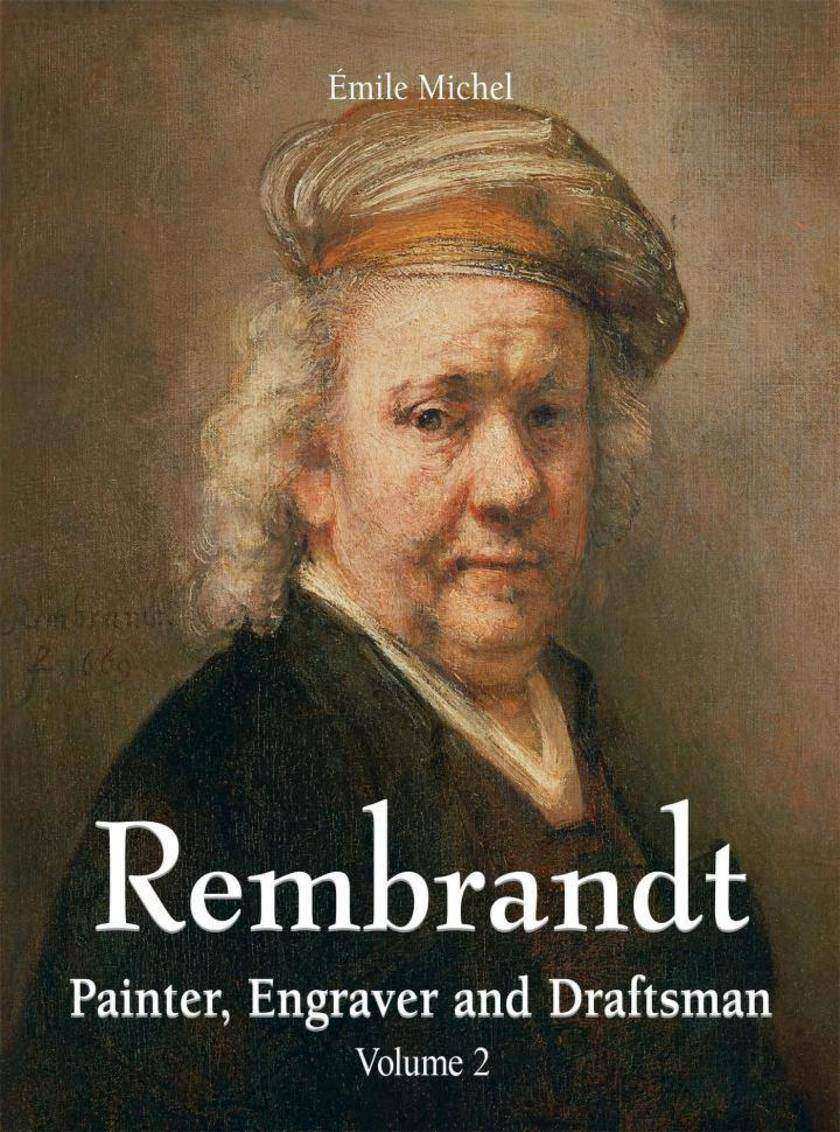
Rembrandt - Painter, Engraver and Draftsman - Volume 2
¥159.33
There is no other artist who represents the Dutch Golden Age like Rembrandt. With his realistic oil paintings, detailed engravings, and exquisite drawings he is the figurehead of an entire generation. As famous during his lifetime as after his death, Rembrandt (1606-1669) was one of the greatest masters of the Dutch Golden Age of the 17th century. His portraits not only transport us back to that fascinating time, but also represent, above all, a human adventure; beneath every dab of paint the spirit of the model seems to stir. Yet these portraits are only the tip of the Rembrandt iceberg, which consists of over 300 canvasses, 350 engravings, and 2,000 drawings. Throughout his oeuvre, the influence of Flemish Realism is as powerful as that of the Caravaggists. He applied this skillful fusion of styles to all his works, conferring biblical subjects and everyday themes alike with an unparalleled and intimate emotional power.
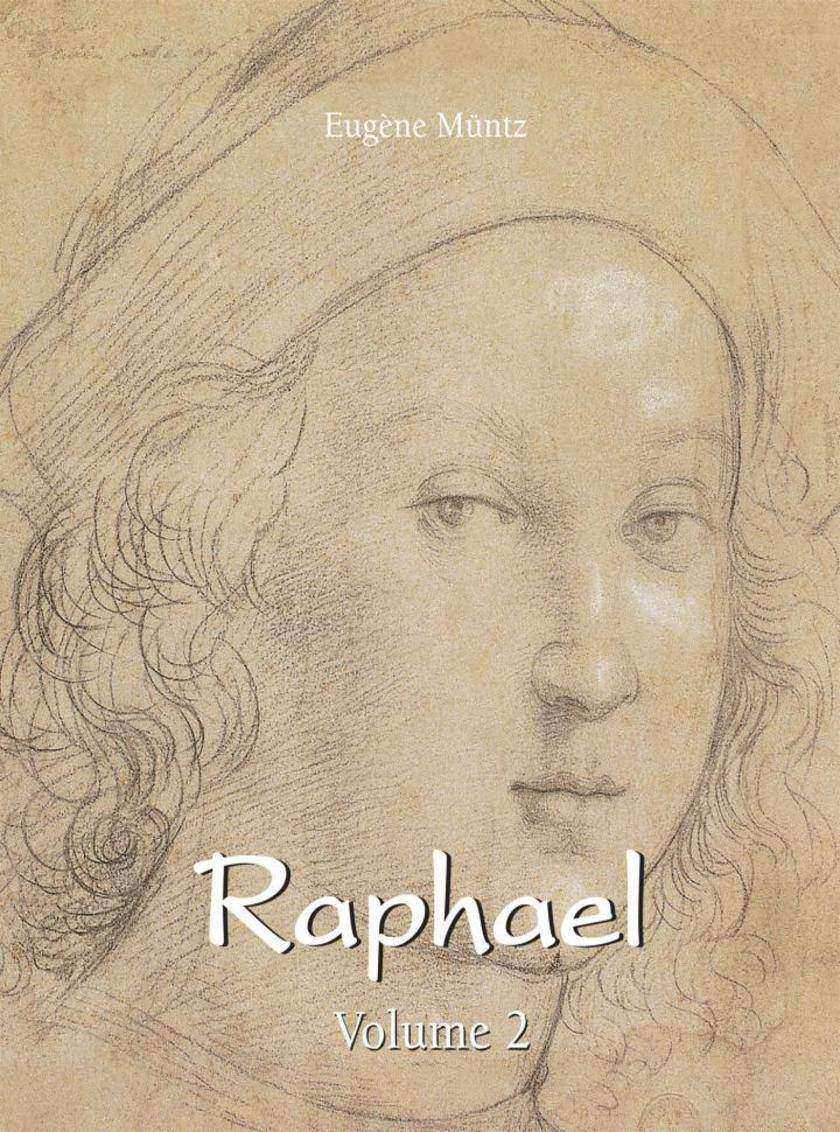
Raphael - Volume 2
¥159.33
Raphael (1483-1520), the Italian painter and architect of the High Renaissance, was a genius in and ahead of his time. Together with Michelangelo and Leonardo da Vinci, he formed the classical trinity of this era and elaborated a rich style of harmony and geometry. As one of the great masters of the Renaissance and artist to European royalty and the Papal court in Rome, his works comprise various themes of theology and philosophy, including but not limited to famous illustrations of the Madonna. His surroundings and experience gave rise to his propensity to combine the ideals of humanism with those of religion, and firmly established in him a conviction that art is a necessary medium to reveal the beauty of nature.
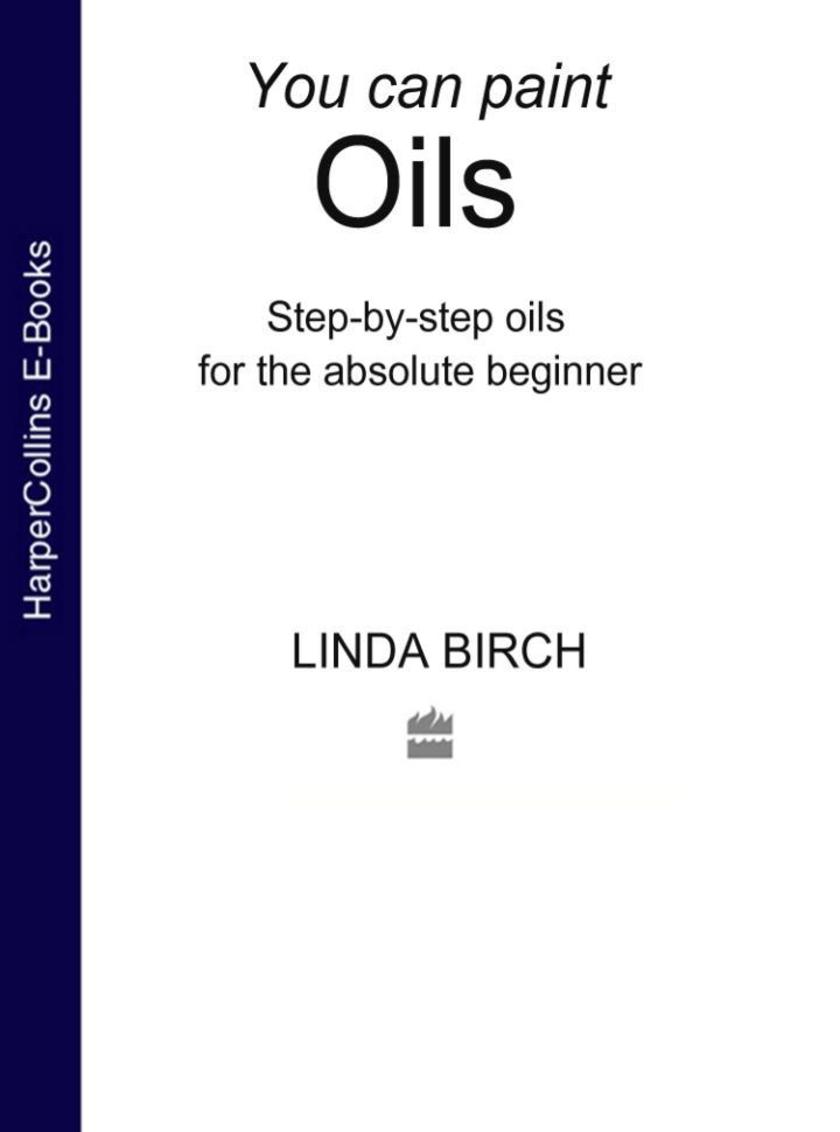
Oils (Collins You Can Paint)
¥44.24
Linda Birch paints in oils, watercolour and pastels and has taught amateurs for many years. She writes regularly for the Leisure Painter magazine and is author of The Indoor Artist. She has also illustrated many children’s books.
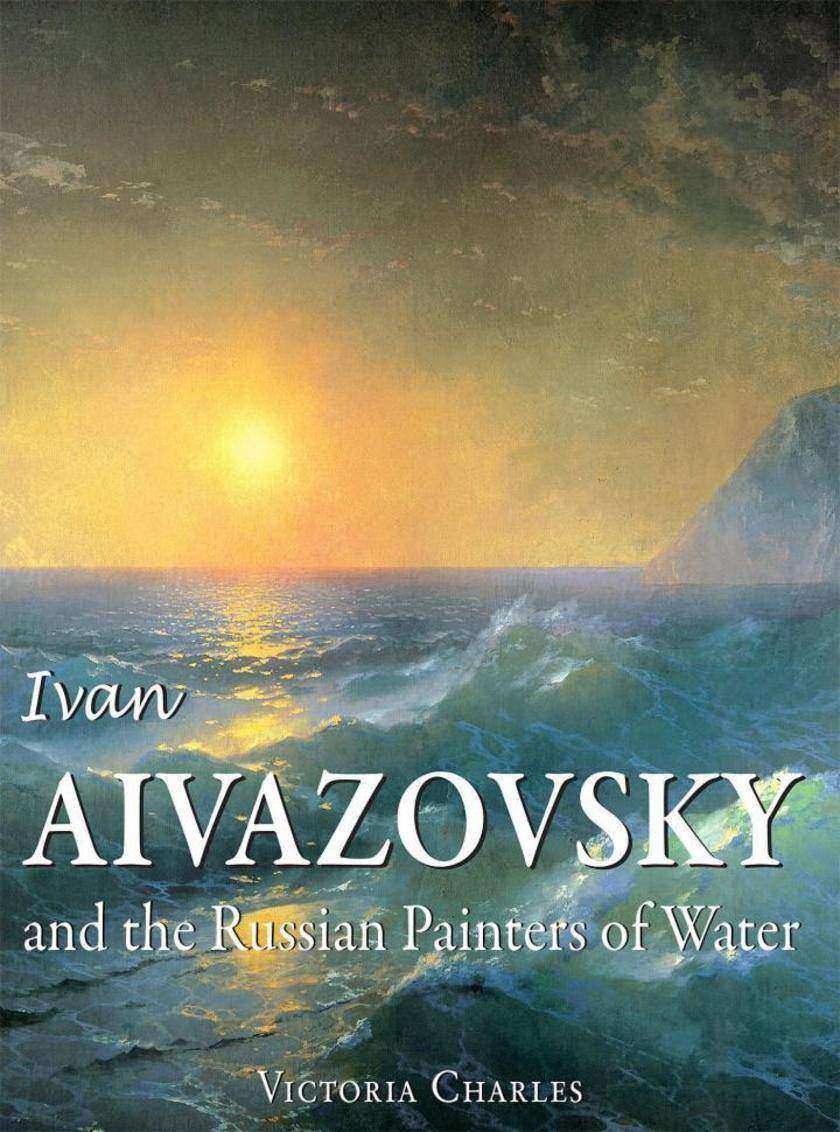
Ivan Aivazovsky and the Russian Painters of Water
¥110.28
The seascapes of Ivan Aivazovsky (1817-1900) made his name in Russia, his native country where he was a painter of the court of Nicholas I, yet his fame barely extended beyond these borders. Master of the Sublime, he made the ocean the principal subject of his work. Sometimes wild and raging, sometimes calm and peaceful, the life of the ocean is composed of as many allegories as the human condition. Like Turner, whom he knew and whose art he admired, he never painted outside in nature, nor did he make preliminary sketches; hispaintings were the fruit of his exceptional memory. With more than 6,000 canvasses, Aivazovsky was one of the most prolific painters of his time.

Piet Mondrian
¥110.28
Pioneer and leader of the abstract art movement, Piet Mondrian (1872-1944) was known for his straight lines and pure colours. Fascinated by the mathematical laws of the universe, this Dutch artist nourished his work with his scientific discoveries and created a new abstract language alongside his allies Wassily Kandinsky and Fernand Léger. As his investigations advanced, his works purified and intensified to the rhythm of the travels and encounters that he enjoyed. Recognised during his lifetime as the founder of an avant-garde movement, he propagated his knowledge and his artistic vision to illustrious architects and stylists and still today remains a cherished source of inspiration.
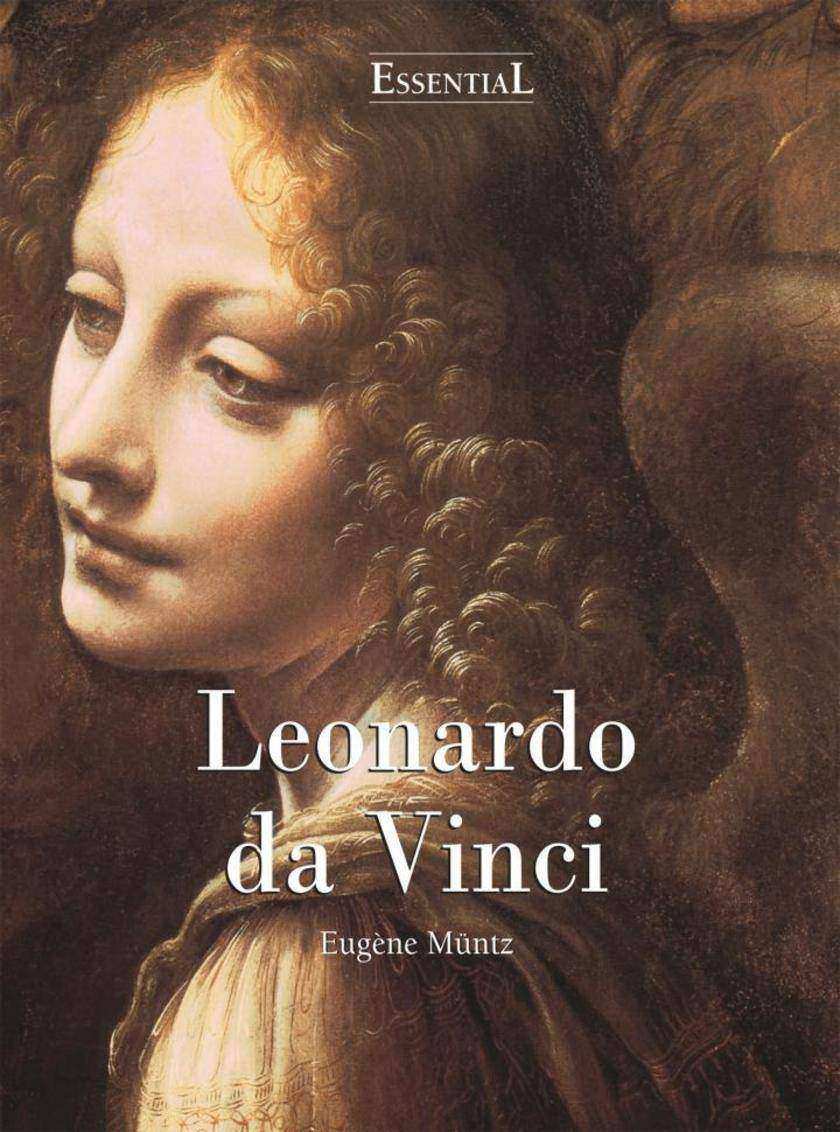
Leonardo Da Vinci - Artist, Thinker, and Man of Science
¥196.12
Not only was Leonardo da Vinci (1453-1519) an astonishing painter, but also a scientist, anatomist, sculptor, architect, musician, engineer, inventor, and more. The question is rather, what was he not? During the Italian Renaissance, he mastered the most beautiful works of art for the Medicis’ in Italy and for the King of France. He aroused admiration from his contemporaries, who depicted a universal genius, curious and virtuous. Even today, interest in da Vinci and his work does not fade; his works and writings are still studied by foremost experts hoping to decipher one of the numerous secrets of this visionary artist. The archetypal Renaissance man is here explored by the engaging prose of Eugène Müntz who narrates how Leonardo da Vinci mastered a diverse range of fields, from painting to engineering, making him one of the most brilliant minds in human history and one of the most recognised artists in modern times.

The Unauthorized History of Trek
¥46.11
Star Trek. These two simple words bring forth a vast web of mental associations to millions of people. For more than twenty-five years, a remarkable and widely varied group of characters has seemingly taken over a sizable portion of our collective consciousness and made it its own. Perhaps the late science fiction visionary Philip K. Dick saw this when he had a character in his novel A Scanner Darkly refer to the latest entertainment extravaganza as a “captainkirk.”

The Unauthorized Trekkers’ Guide to the Next Generation and Deep Space Nine
¥46.11
“Like Spain’s Francisco Franco, Star Trek has been fatally dead for a long time. Now and then the mortuary shoots an electric current through the corpse, and the resultant spasm releases yet another manual or quiz or convention or novel or book of fan fiction or whathaveyou, but after nearly a decade there’s little life left in the old cadaver.”
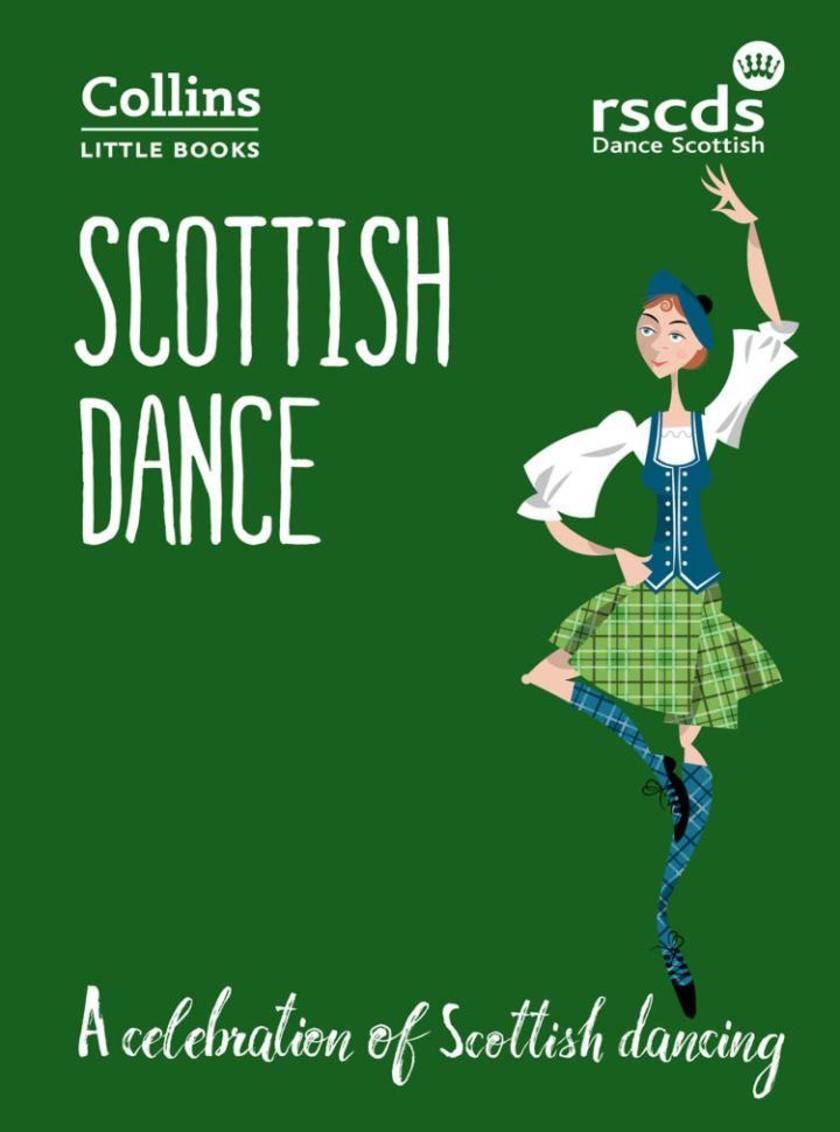
Scottish Dance: A celebration of Scottish dancing (Collins Little Books)
¥44.24
The Royal Scottish Country Dance Society (Charity No. SC 016085; Company No. SC480530), is dedicated to promoting Scottish Country Dance. The Society exists to promote and develop Scottish country dancing worldwide for the benefit of present and future generations. It has a world-wide network of Branches and Affiliated Groups, with a small administrative team at its central office in Edinburgh.
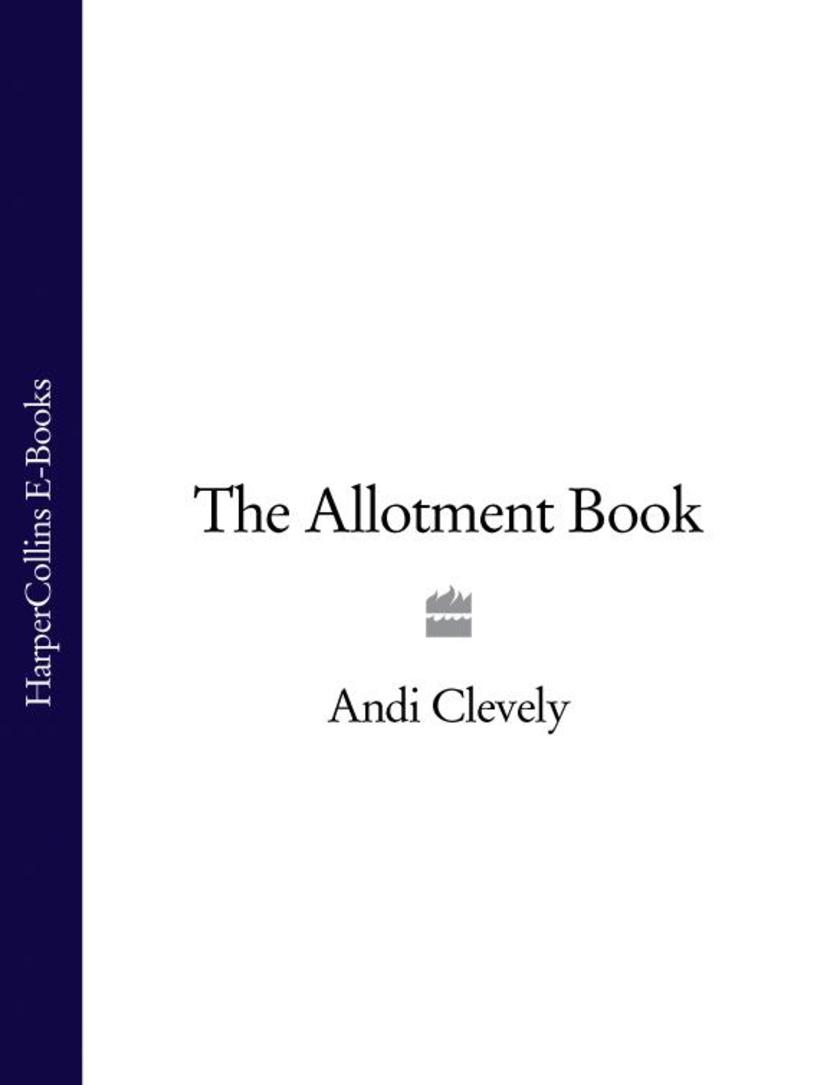
The Allotment Book
¥110.46
A wonderfully illustrated celebration of the blood, sweat and joy to be had ‘growing your own’ in an allotment – with the in-depth, practical gardening know-how for which Collins is renowned. No longer considered the preserve of old men in sheds, allotment gardening is currently enjoying a renaissance of interest. People of all ages and from all walks of life are digging their own plots in search of the ultimate in fresh, organic produce – and you cannot get more locally-sourced than your own allotment! This book testifies to the vibrancy of allotment culture, aiming both to inspire the next generation of plot-holders and to provide all the practical knowledge needed to turn a patch of soil into a lifelong adventure. Open to all the eco-gardening techniques, and the various weird and wonderful ways people make use of their plots, contents include: ? the history of allotments – from 19th century origins, through wartime ‘Dig for Victory’, to the cosmopolitan communities of today; features photos and interviews with current plot-holders ? planning your perfect allotment – finding it, assessing it, clearing the ground and working out what to grow ? the brown stuff – all you need to know about soil management, the key to growing success ? choosing a gardening method – organic, biodynamic, rotation beds, companion planting, greenhouse, multi-level, potager, cottage garden, and so on… ? the hard stuff – constructing sheds, compost bins, cold frames, fruit cages, ponds, seating and play areas ? selecting crops – what and how to grow, from parsnips and peas to chilli peppers and lemon grass ? cultivation techniques – digging, sowing, feeding, weeding and harvesting, plus troubleshooting pests and diseases ? the allotment calendar – extensive, month-by-month look at what’s in season, jobs for now and looking ahead

Only Fools and Horses (The Best of British Comedy)
¥50.62
Richard Webber writes regulary about TV in his job as a journalist and writer. He contributes to a host of newspapers and magazines, including TV Quick, Daily Express, Sunday Express and the Sunday Telegraph and is the author of over a dozen books celebrating classic comedy.
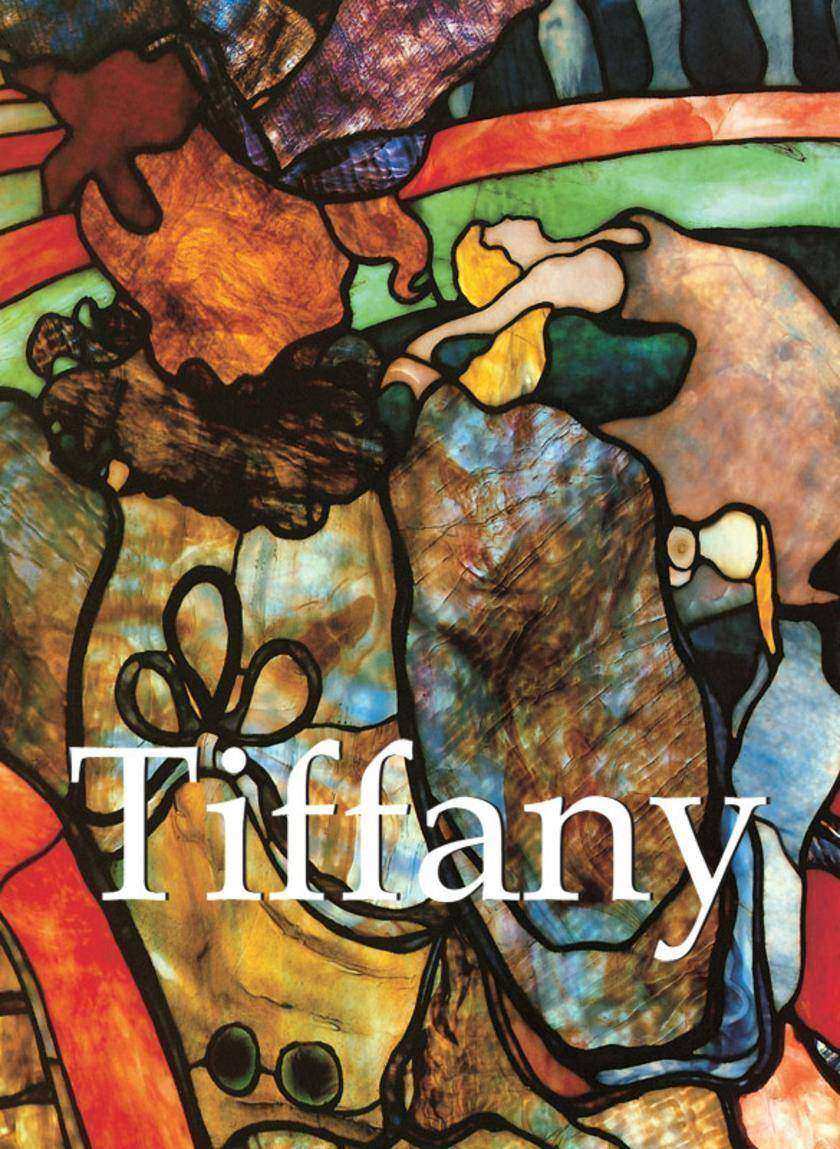
Tiffany
¥61.23
路易斯·康福特·蒂芙尼(Louis Comfort Tiffany)是闻名于世的珠宝商,也是美国新艺术运动的领头人。在美国处于不断增长的时期,蒂芙尼成功地将装饰提升到了艺术的高度。蒂芙尼的工作室尤其擅长处理玻璃,他们开创了独特的玻璃技艺,使得幻彩玻璃极具美感。追随着加勒(Galle)或多姆(Daum)的脚步,蒂芙尼对玻璃物尽其用:色彩、遮光、透光,戏玩于他的手掌间。当然,他为成功的还是充满色彩与阴影交汇的镶嵌玻璃台灯,类似于教堂的染色玻璃天窗。沉浸在色彩的棱镜之中,作者让我们梦回这家历久弥新的公司的诞生之期。
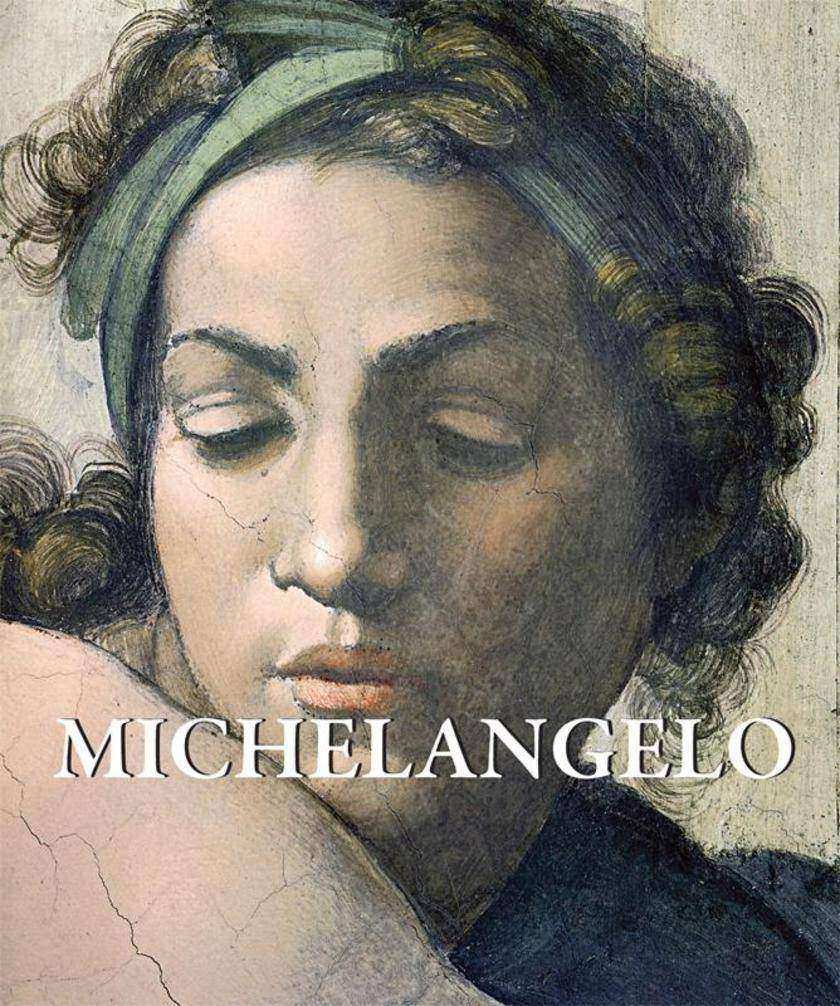
Michelangelo
¥110.28
米开朗基罗(Michelangelo)的名字不断浮现在西斯廷教堂、阿波罗、丘比特等数不计数的杰作中。在《意大利绘画》(The Italian Painting)这本书中,作者司汤达写道:“在古希腊风物和米开朗基罗之间,没有任何距离,除了或多或少技术娴熟的伪造物。”在《漫步罗马》(Promenade in Rome)一书中,沙特布莱表达了对《圣母怜子像》(Pieta)中那些精致的线条的崇敬之情。诸如司汤达等大连古欧秀的作家将米开朗基罗视为西方艺术复兴的大家之一。毫无疑问,米开朗基罗的作品经历住了时间的考验。在若干年后,米开朗基罗的作品何以能够揭示希腊先驱们的创造性来源?米开朗基罗是创造性的天才和超人,是意大利文艺复兴中无与伦比的艺术家,他的影响力和成就与达芬奇可相媲美。在这本著作中, Jean-Matthieu Gosselin探讨了米开朗基罗所有的身份:雕塑家、建筑师、画家和美术家。
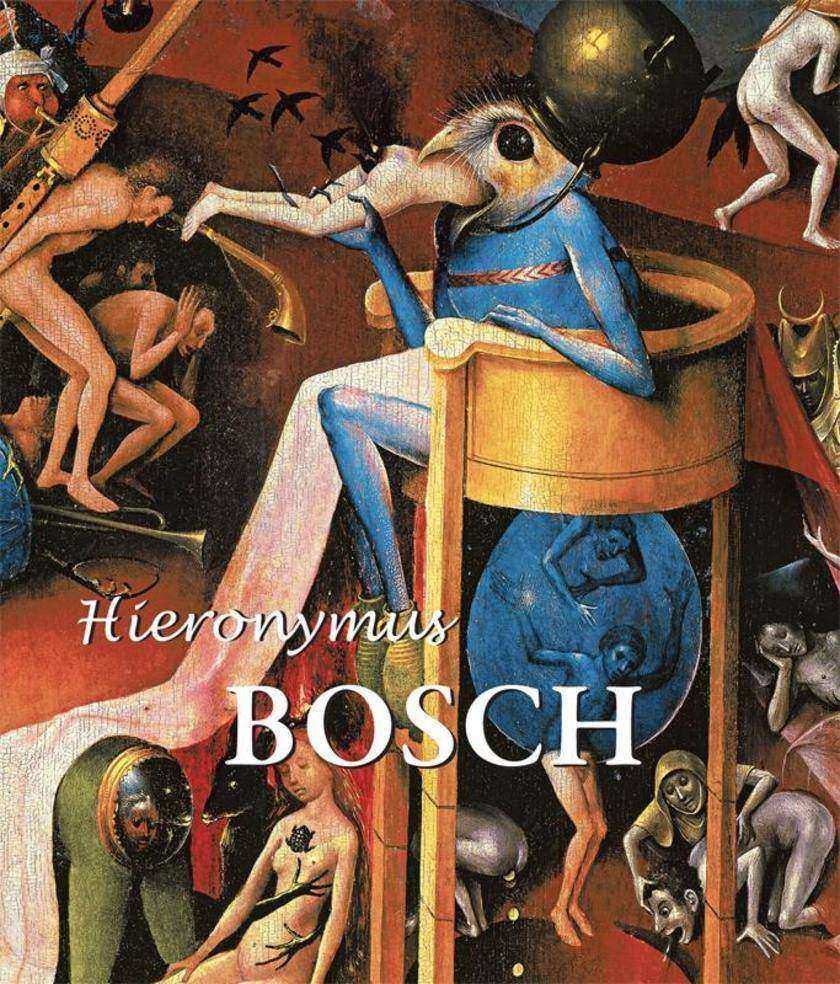
Hieronymus Bosch
¥110.28
Hieronymus Bosch was painting terrifying, yet strangely likeable, monsters, long before computer games were invented, often with a touch of humour. His works are assertive statements about the mental dangers that befall those who abandon the teachings of Christ. With a life that spanned from 1450 to 1516, Bosch was born at the height of the Renaissance and witnessed its wars of religion. Medieval traditions and values were crumbling, thrusting man into a new universe where faith had lost some of its power and much of its magic. Bosch set out to warn doubters of the perils awaiting all and any who lost their faith in God. Believing that everyone had to make their own moral choices, he focused on themes of hell, heaven and lust. He brilliantly exploited the symbolism of a wide range of fruits and plants to lend sexual overtones to his themes.
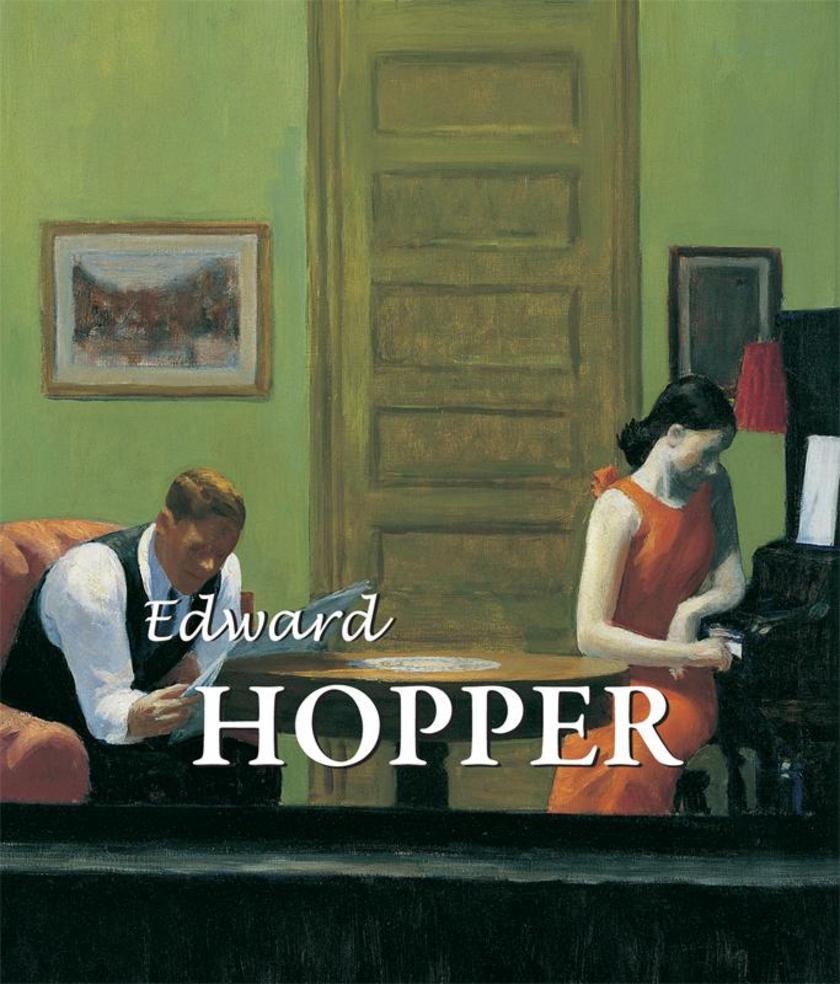
Edward Hopper
¥110.28
爱德华·霍普,1882年出生于奈阿克,是重要的美国画家之一。在学习了插图画之后,他进入了大名鼎鼎的纽约艺术学院学习,师从罗伯特·亨利(Robert Henri)。亨利对霍普产生了重大的影响,他鼓励霍普从美国人的生活中去发现素材。在创作中,诗意地表达了人们反对二十世纪二十年代的美国生活方式的孤独。受到电影作品—特别是多种摄影角度和人物性格的影响,他的绘画作品表达了对大众文化的疏离感。通过采用冷色调和绘画匿名人物,霍普的作品同样象征性地反映了大萧条时期。尽管霍普曾多次游历欧洲,但他在当时流行的的改革绘画面前仍然无动于衷,例如立体主义,例如超现实主义。霍普用一种非常个性化的形式来表达主题,致力于效仿古典艺术家,例如伦布兰特(Rembrandt)、德加斯(Degas)或者杜米埃(Daumier)。他绘画的加油站、旅馆和日常生活的场景代表了对个人主义的美学宣言、宽敞的开放空间和美国的基本价值观。霍普在1967年去世了,在美国艺术上留下了后的痕迹。




 购物车
购物车 个人中心
个人中心



